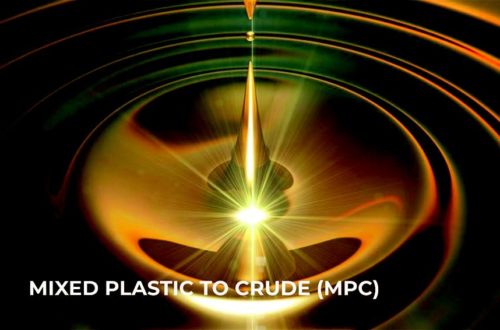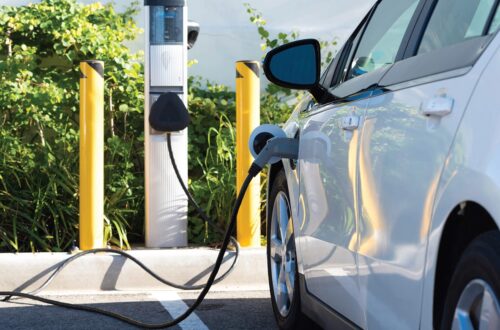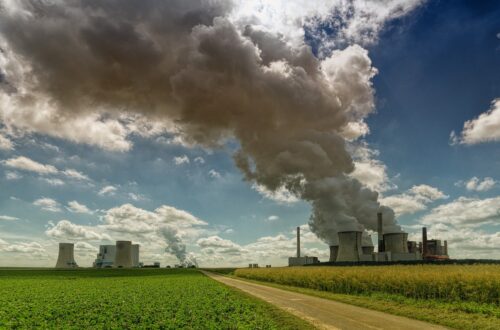Have you ever wondered how industries prevent harmful pollutants from entering the air you breathe? Wet scrubbers protect the environment by capturing harmful gases and particles before they escape into the atmosphere. They’re one of the most effective solutions for cleaning industrial emissions among these pollution control technologies.
What Are Wet Scrubbers?
Wet scrubbers are pollution-control devices that remove harmful particles and gases from industrial exhaust streams. Unlike dry scrubbing methods, wet ones use liquid solvents to capture pollutants in flue gas, which is produced when fossil fuels such as coal, oil, natural gas, or wood are burned for heat or power.
This technology helps businesses meet environmental regulations while protecting community health. It’s applicable in diverse sectors ranging from power generation to chemical manufacturing.
A wet scrubber follows a simple principle. The process involves passing exhaust fumes through a chamber. Here, it comes into contact with a scrubbing liquid, which is usually water mixed with chemicals. The mixture effectively eliminates toxins from the gas stream through various processes:
- Absorption: Water-soluble gases dissolve into the liquid.
- Impaction: Particles collide with liquid droplets and become trapped.
- Interception: Particles flow around liquid droplets but touch and adhere to them.
- Diffusion: Tiny particles move randomly until they contact liquid surfaces.
The contaminated scrubber and pollutant mix collect at the bottom of the unit, while the cleaned gas continues through the exhaust system. By this juncture, the air is safe to release into the atmosphere.
Wet scrubber systems target a range of harmful substances, including:
- Particulate matter such as dust, soot and other tiny solid particles.
- Acid gases — notably, sulfur dioxide, hydrogen chloride and hydrogen fluoride.
- Volatile organic compounds that contribute to smog.
- Heavy metals like mercury and lead.
- Compounds that produce unpleasant smells.
While wet scrubbers significantly improve air quality, they have their environmental challenges. They generate scrubber sludge — a mixture of the scrubbing liquid and captured pollutants, which poses significant risks if not properly managed.
Environmental Impact of Wet Scrubber for Air Pollution Control
The primary environmental concern with wet scrubbers is what happens to the contaminated liquid afterward. It contains concentrated pollutants removed from exhaust gases. Without proper treatment and disposal, these contaminants are released into the air, where they easily transfer to water and soil.
This waste requires careful handling to prevent worsening environmental degradation while solving air pollution issues. Common methods include:
- Treating scrubber wastewater to remove contaminants enable water to be recycled in the scrubbing process.
- Chemical treatments can convert liquid waste into solid form, making it easier to transport and less likely to leach into groundwater.
- Some facilities extract valuable materials from scrubber sludge, such as gypsum from flue gas desulfurization systems.
- Specially designed landfills with liners prevent contamination of the surrounding soil and groundwater.
- Some advanced facilities implement zero liquid discharge systems that eliminate wastewater through evaporation and crystallization.
The air quality improvements from wet scrubbers benefit everyone. In the U.S., more than four out of 10 people reside in places with high levels of air pollution. The American Lung Association finds that a national shift to 100% new sales of zero-emission vehicles within the next 10 years alongside a carbon-free grid would greatly decrease these atmospheric pollutants.
Technologies like wet air scrubbers provide a long-term solution for capturing harmful emissions. Many scrubbers can eliminate up to 95% of particles, with the most powerful ones getting rid of up to 99%. They represent a worthwhile investment for many industries working with gases that can pollute the environment, helping reduce greenhouse gas emissions.
Small-Scale Applications of Wet Scrubber Technology
While industrial-sized wet scrubbers aren’t practical for homes, smaller applications of similar technology exist:
- Home water filtration systems use principles similar to wet scrubbers, passing water through media that trap contaminants.
- Air purifiers pass air through water to capture dust and some gases.
- Household humidifiers with built-in air filtering capabilities help clean indoor air while adding moisture.
You can also consider replacing everything in your home that uses fossil fuels — fireplaces, furnaces, coal grills — with electric alternatives. In most homes, furnaces and heaters generate many carbon emissions. Swapping these with electric heat pumps for water and home heating dramatically reduces your carbon footprint and can lower utility bills. Induction stoves outperform gas and improve indoor air quality.
There’s a no-compromise electric alternative in every case. These home applications don’t match the power of industrial scrubbers, but they demonstrate how similar principles can improve your immediate environment.
Wet Scrubber for Environmental Sustainability
Wet scrubbers remove harmful pollutants from exhaust gases before they are released into the atmosphere. Understanding how these systems work and their environmental implications is crucial for anyone concerned with sustainability.
Beyond industrial settings, individuals can contribute to sustainability by maintaining regular cleaning habits and transitioning to electric appliances. Collectively, these actions support a healthier planet while promoting public health.
Jack Shaw is the senior Outdoors writer for Modded, a men’s lifestyle publication. An avid outdoorsman and lover of nature, he’ll often find himself taking retreats out to explore his environment and encourages others to do the same in ways that are sustainable and beneficial to the environment.
Image by Janusz Walczak





